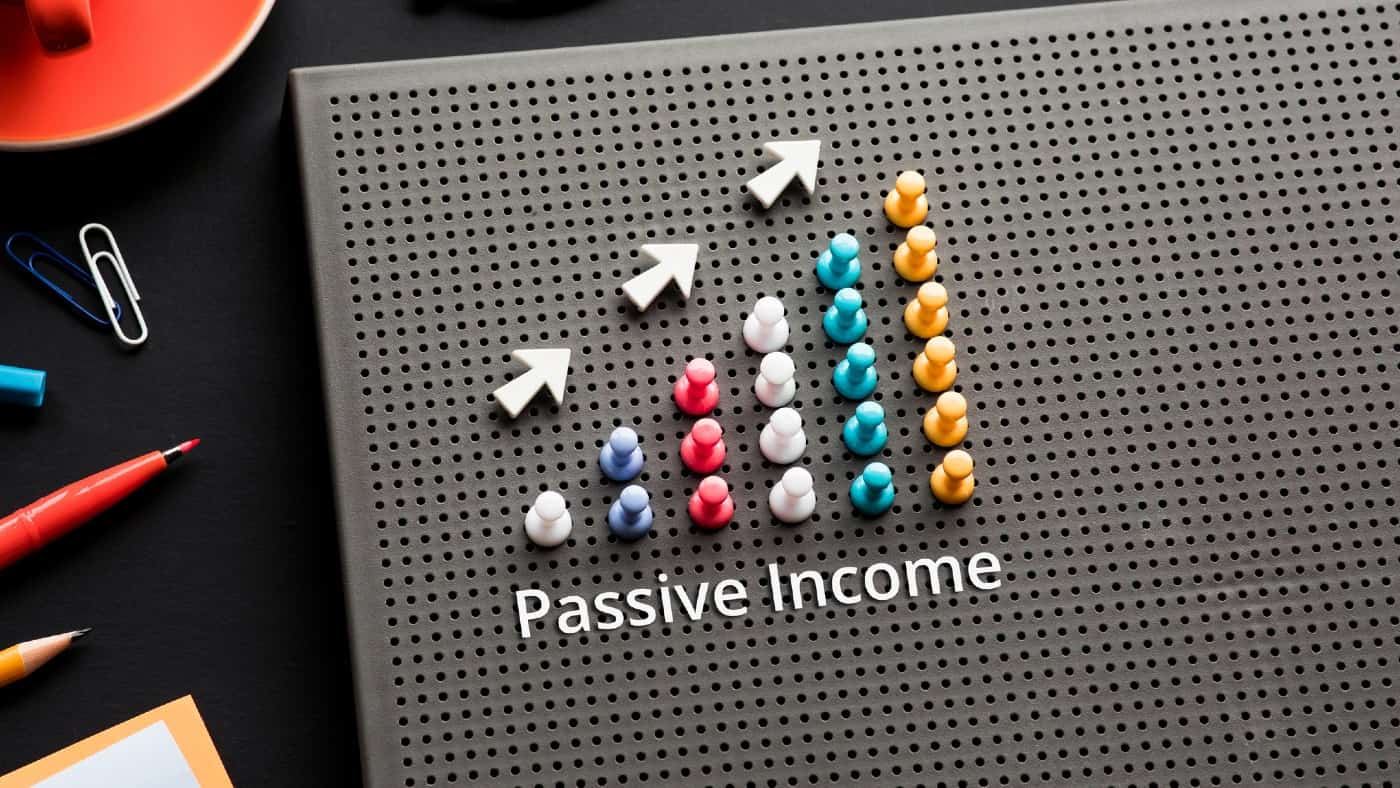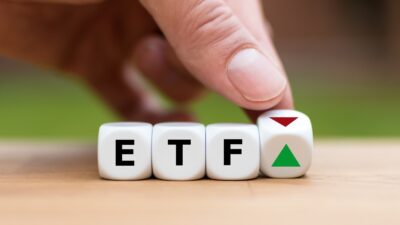Passive income is money made from minimal effort. Given the obvious appeal of the idea, many notions on how to generate it have appeared over the years.
To me, none capture the essence of the concept as well as investing in high-quality shares that pay big dividends.
This is because the only additional effort is monitoring the stocks’ progress occasionally after the initial share selection.
Picking the right shares
I look for three basic qualities in any share I choose for my passive income portfolio.
The first is a high yield. As this is derived by dividing the share price by the total annual dividend payment, it changes frequently.
However, at the time of choosing the stock, I am looking for at least a 7% return. This is because the ‘risk-free rate’ (the 10-year UK government bond yield) is around 4% now, and dividends need to be higher as shares have risk attached. So, this extra 3%+ is my compensation for taking that extra chance.
The second element I look for is that the stock has good growth prospects. Ultimately, a company’s dividend (and its stock price) are powered by increasing earnings over time.
And third, I want to see an undervaluation in the share price. This is because I do not want my dividend gains erased by sustained share price losses. A stock that is already significantly underpriced is much less likely to be subject to this, in my experience.
It is important to note, incidentally, that stocks can be substituted at any time in a passive income portfolio. If one is not performing as desired over a certain period – two consecutive quarters in my case – then it can be sold.
A current top pick for me
FTSE 100 global investment manager M&G (MNG) currently generates 9.5%, given the 2023 dividend of 19.7p and the £2.08 share price. This compares very favourably to the FTSE 100 average of 3.7%.
In terms of growth prospects, consensus analysts’ estimates are that its earnings will increase 17.6% a year to end-2026. A risk here is that intense competition in the sector may reduce its profit margins over time.
However, analysts forecast that the stock’s yield will rise to 9.9% in 2025 and 10.2% in 2026.
As for the share price, a discounted cash flow analysis shows it to be 51% undervalued at the current £2.08 level. Therefore, a fair value for the stock would be £4.24, although it may go lower or higher.
Maximising passive income
£17,000 (the average UK savings account amount) invested in 9.5%-yielding M&G would make £1,615 in first-year dividends. Over 10 years on the same average yield this would rise to £16,150 and after 30 years to £48,450.
However, buying more M&G shares with the dividends – known as ‘dividend compounding’ – would boost these returns enormously.
Doing this on the same average yield would add £26,793 rather than £16,150 and after 30 years £273,613, not £48,450.
Adding in the initial £17,000, the total M&G investment would pay £25,993 every year, or £2,166 each month!
Tax would apply to these gains according to individual circumstances and their buying power would have reduced over time.
However, it shows exactly how much passive income can be made from much smaller investments, especially if the dividends are compounded.







